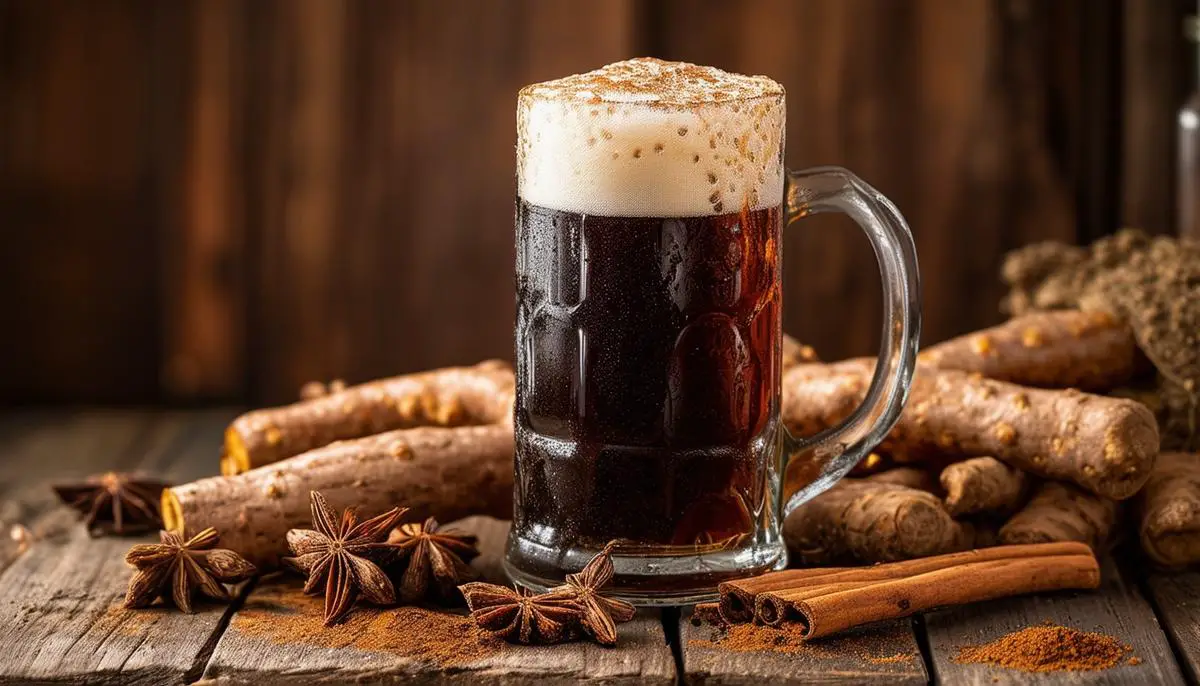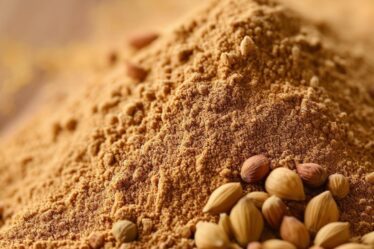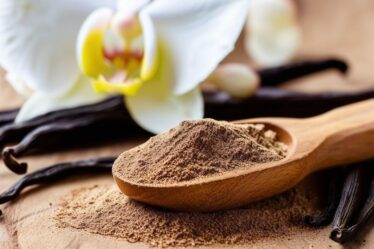
Historical Uses of Root Beer Spices
Sassafras, the chief star of root beer, was employed by Native Americans long before Europeans arrived. They used it to treat wounds, alleviate fever, and combat ailments like syphilis. The aromatic root was then adapted into culinary practices, transforming into a cornerstone for traditional soda.
Sarsaparilla root, another early ingredient, was reputed for its potency in curing skin diseases and rheumatism. Native Americans and settlers sought it as a tonic, mixing it into teas or decoctions believed to cleanse the blood. Its adoption into root beer carried with it a legacy of healing properties cherished for generations.
Burdock root found its use among herbalists for purifying blood and fostering skin health. Added to root beer, it imparted a subtle bitterness, a counterpoint to sweeter elements. European settlers, familiar with its use in traditional medicine, seamlessly incorporated it into beverages.
Cinnamon and licorice root, bringing warmth and sweetness, also served therapeutic purposes. Cinnamon was known for its anti-inflammatory properties and ability to enhance circulation. Licorice was a soothing remedy for stomach issues and coughs, making it an excellent complement in medicinal brews.
Other components like birch bark and ginger held their ground in traditional medicine. Birch bark was used for pain relief and anti-inflammatory properties, while ginger, a renowned anti-nausea agent, was also celebrated for its digestive benefits. Both ingredients enriched the brew, balancing flavors and health benefits.
- Native Americans used fennel seeds to aid digestion and juniper berries to support kidney function. These elements helped form a potent medicinal drink.
Early European settlers embraced these practices and concocted beverages to rival the medicinal beers and tonics from their homeland, resulting in root beer's various forms. The beverage enjoyed a storied past for catering to taste buds while simultaneously catering to health desires.
During the 1800s, as root beer began to commercialize, these medicinal claims persisted. Pharmaceuticals capitalized on the drink's wholesome image, promoting it as an alternative to harsher alcoholic beverages. Sassafras continued as a key flavor and health component until the FDA's ban, leading to modern adaptations using artificial flavors but holding onto the nostalgic essence of these traditional ingredients.

Modern Commercial Production of Root Beer
The modern landscape of root beer production diverges significantly from its origins, primarily due to the 1960 FDA ban on sassafras, which was a fundamental ingredient. With the discovery that safrole, a major component of sassafras, caused cancer in lab rats, manufacturers had to pivot drastically to keep the beloved beverage both safe and commercially viable.
As a result, producers turned to artificial flavorings to mimic the classic sassafras taste. This shift wasn't merely about replicating flavor but also about ensuring consistency and safety in production. Artificial flavors have enabled modern root beer to maintain its distinctive taste while complying with health regulations.
Modern root beer brands infuse a myriad of spices and extracts to recreate the intricate flavor profiles that aficionados have come to expect. For instance, vanilla and wintergreen have often come to the forefront to emulate that classic, robust taste. Each brand employs its proprietary blend, resulting in delightful variations and brand loyalty among root beer enthusiasts.
Birch bark, which contributed to original medicinal brews, still finds its place in many recipes. Extracted birch bark adds to the authentic woody undertones that complement the beverage's sweet and spicy nature. Similarly, cinnamon and licorice root remain staples, due to their depth of flavor and historical significance.
Molasses is another traditional ingredient that has persisted into modern recipes, albeit sometimes substituted or augmented with caramel coloring to enhance both the flavor and visual appeal. Molasses adds a rich, dark sweetness, contrasting beautifully with the sharper, spicier notes.
While some brands lean more toward natural flavorings, others have embraced the full spectrum of modern food science, incorporating synthetic compounds that rigorously emulate the sensory experience of traditional root beer. The outcome is a dazzling array of root beers, each with its unique twist on the classic formula.
Preservatives play a crucial role in today's root beer production, ensuring the beverage remains fresh and shelf-stable over extended periods. Sodium benzoate and potassium sorbate are commonly used preservatives that inhibit microbial growth, maintain flavor integrity, and prolong the product's longevity.
It's intriguing to see how each root beer brand carves out its niche, using slightly different ingredients to stand out.
- Barq's is known for its caffeine kick, a rarity among root beers, adding an extra layer of market appeal.
- A&W stays true to a more creamy, vanilla-heavy flavor, ideal for root beer floats.
In contemporary commercial production, experimentation with herbaceous and aromatic botanicals like star anise, ginger, and dandelion root also persists. These additions not only enrich root beer's flavor but also pay homage to its medicinal origins. Star anise, with its licorice-like taste, enhances the traditional likes of licorice root, while ginger and dandelion root bring their distinctive zesty and earthy notes.
While the essence of root beer has adapted to modern safety standards, it retains the soul of its richly spiced ancestry. Each bottle, while perhaps different from its 19th-century counterpart, offers a sophisticated dance of familiar yet renewed flavors, allowing today's drinkers to savor a legacy of taste and tradition.

Making Homemade Root Beer: Spices and Techniques
For those who wish to indulge in the true essence of root beer, creating homemade root beer from scratch is a journey both adventurous and rewarding. The first step is gathering the core ingredient: sassafras roots. To foray into the traditional process, begin by identifying and foraging these roots, ensuring you've selected the correct plant. Sassafras is distinguishable by its unique leaves, which can be oval, mitten-shaped, or three-lobed. Once you've confirmed your find (the roots should emit a distinctive aroma reminiscent of root beer), it's time to collect them.
When gathering the roots, look for young sassafras trees, usually found in shady undercanopies or woodland edges. Gently pull up the seedlings, trim the roots, and rinse them clean. Store these roots in a cool place until you're ready to begin the brewing process.
The process of making root beer from scratch encompasses simmering the sassafras roots with an array of spices to create a syrupy base. This foundational mixture, culled from traditional recipes, is what grants homemade root beer its signature, authentic flavor.
Ingredients:
- Several roots of sassafras (about 1 cup of 1/2-inch pieces)
- 4 cups of water
- 2-3 cloves
- 1/2 teaspoon anise seeds (Fennel can be substituted)
- 4 allspice berries
- 1 cinnamon stick (1-inch)
- 1/4 cup of molasses
- 1 cup of granulated sugar
- 2 quarts of soda water
- Cheesecloth or a fine mesh sieve
Instructions:
- Prepare the Roots: Start by scrubbing the sassafras roots clean. Cut them into approximately 1/2-inch long pieces. The roots can be quite tough, so using pruning shears may facilitate the cutting process.
- Simmer Roots with Spices: In a pot, combine the sassafras roots, water, cloves, anise seeds, allspice berries, and the cinnamon stick. Bring this mixture to a boil, then reduce the heat and let it simmer for about 25 minutes. This step extracts the essential oils and flavors from the roots and spices, infusing the water with their aromatic essence.
- Add Molasses: After the initial simmering, add molasses to the pot, and let the mixture simmer for an additional 5 minutes. Molasses contributes a rich, dark sweetness to the flavor profile that is emblematic of traditional root beer.
- Strain and Add Sugar: Using a cheesecloth or a fine mesh sieve lined with a paper towel, strain the liquid to remove solid particles. After straining, return the liquid to the pot and add granulated sugar. Heat gently until the sugar dissolves, then remove from heat and allow it to cool.
- Carbonation Process: The root beer syrup is now ready to be turned into soda. Combine the cooled syrup with soda water in a 1:2 ratio (1/3 cup syrup to 2/3 cup soda water) for an ideal balance. Adjust the ratio according to your sweetness preference.
- Optional Use of Dry Ice: For a visually dramatic and fizzy root beer experience, which is particularly exciting for events or gatherings, consider using dry ice. To do this, pour the root beer mixture into a well-ventilated container, safely handling the dry ice with insulated gloves or tongs to avoid burns. Add the dry ice slowly and stir gently until it fully dissolves, creating a foggy, bubble-rich brew that enhances the root beer's visual and sensory appeal.
Using dry ice for carbonation can be thrilling, but safety precautions are paramount: always handle dry ice with care, avoid direct contact to prevent burns, and never seal dry ice in an airtight container to prevent pressure build-up.
Flavor Contributions of Spices
- Sassafras: Provides the primary earthy and rooty flavor that defines root beer.
- Cloves: Introduce a warm, slightly bitter, and peppery taste that adds depth.
- Anise Seeds: Offer a licorice-like flavor, enhancing the sweetness while adding a unique aromatic quality.
- Allspice Berries: Contribute a blend of flavors reminiscent of cinnamon, nutmeg, and cloves, creating complexity.
- Cinnamon Stick: Adds warmth and a mild sweetness that integrates seamlessly with other spices.
- Molasses: Provides a dark sweetness and color, countering the spices' intensity.
- Granulated Sugar: Balances the bitterness and spices, ensuring the drink remains sweet and palatable.
Creating homemade root beer provides a dynamic, flavorful beverage and offers a connection to a rich historical tradition. By understanding and leveraging the distinct contributions of each spice, your homemade root beer becomes a remarkable blend of flavors—a tribute to culinary ingenuity that's as enjoyable to craft as it is to sip.

- Raab L. Edible & Medicinal Plants of the Rockies. Lone Pine Publishing; 2001.
- Angier BA. Field Guide to Edible Wild Plants. Stackpole Books; 2008.
- Foster S, Duke JA. A Field Guide to Medicinal Plants and Herbs of Eastern and Central North America. Houghton Mifflin Harcourt; 2000.
- Wurtzel ET, Kutchan TM. Plant metabolism, the diverse chemistry set of the future. Science. 2016;353(6305):1232-1236.



